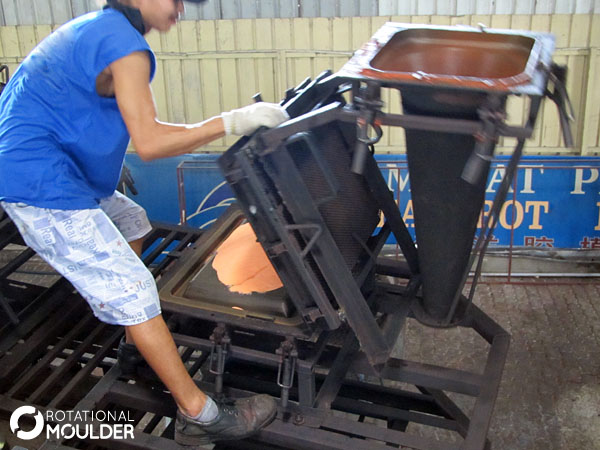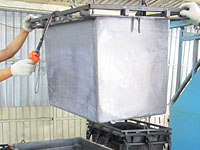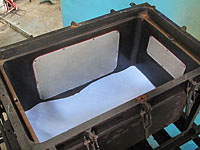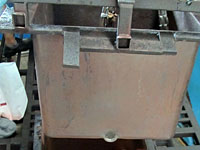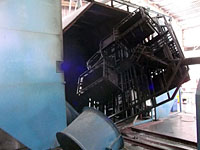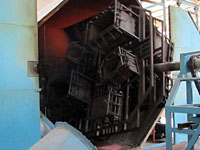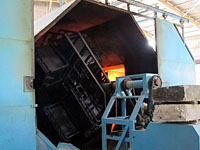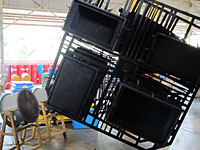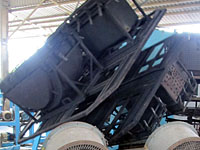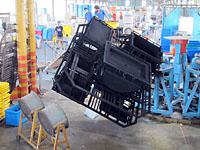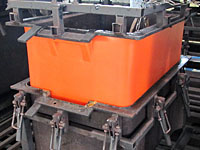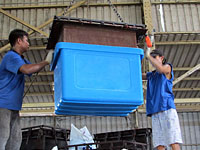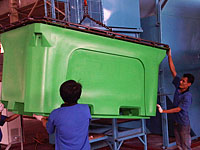How Rotational Moulding Works
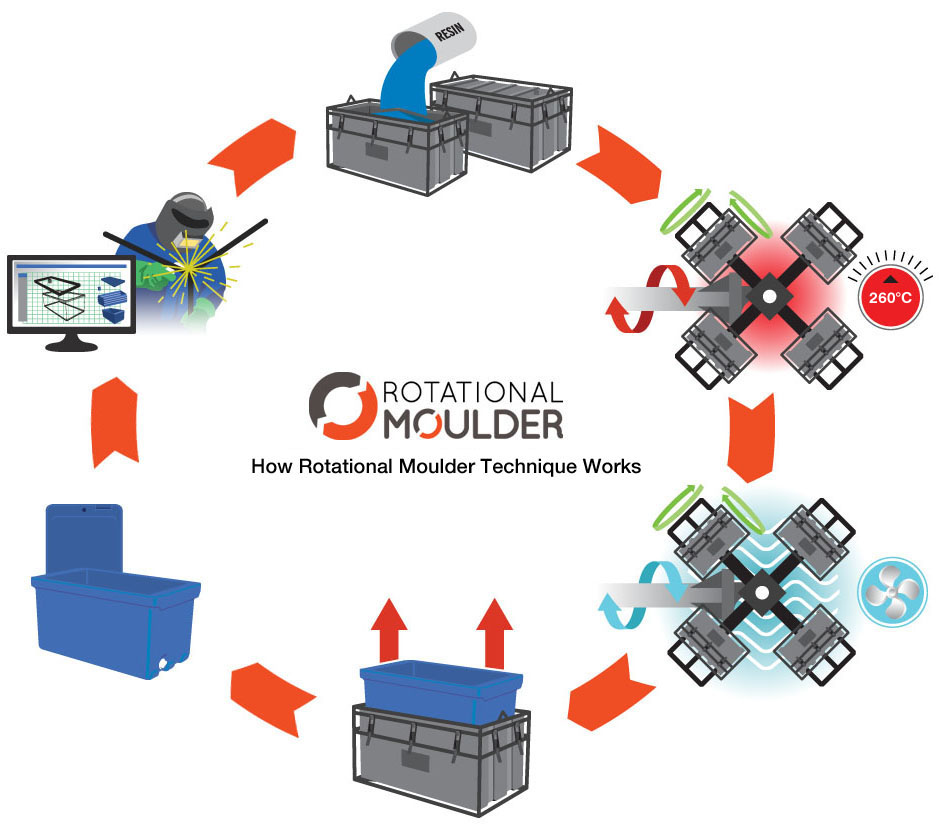
How does rotational moulding actually works?
The rotational moulding process is divided into 4 stages: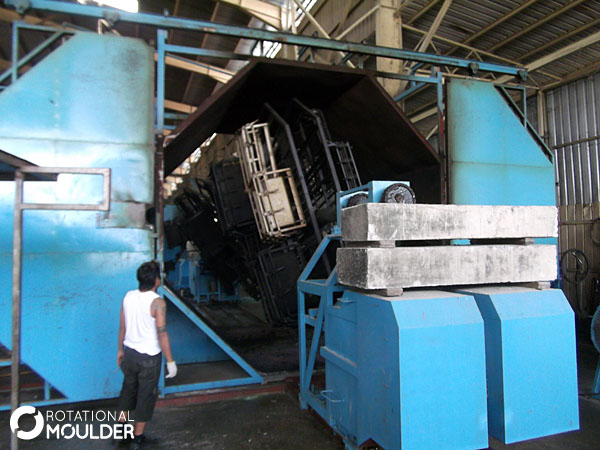
Step 2 : Heating
Once inside the oven, the mould is rotated around two axes (horizontal & vertical) at low speed and heated up to temperature typically around 260°C - 370°C depending on the material used.
As the mould heats up, the powder melts and begins to adhere to the inner surface of the mould progressively building up a layer over the surface. This continues until an even layer of molten plastic is formed over the surface of the mould.
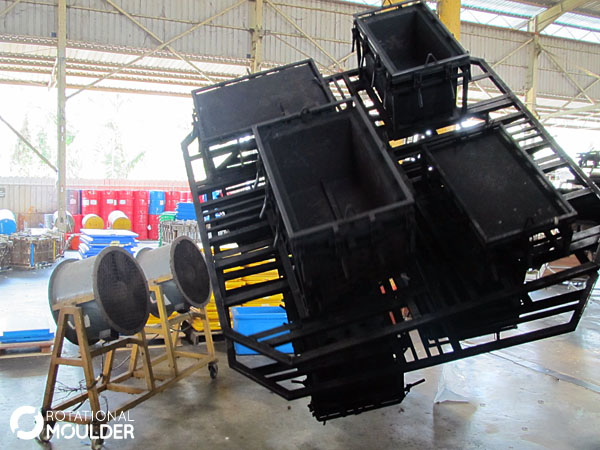
Step 3 : Cooling
When the melt has been consolidated to the desired level and timing is right, the mould is then withdrawn automatically from the oven and is cooled.
Cooling of the mould is typically done with air (by fan) to gradually reduce the mould temperature. The cooling time can typically be measured around 10 - 15 minutes. It is important that the cooling rate be carefully measured because rapid cooling causes shrinkage thus producing a warped part.
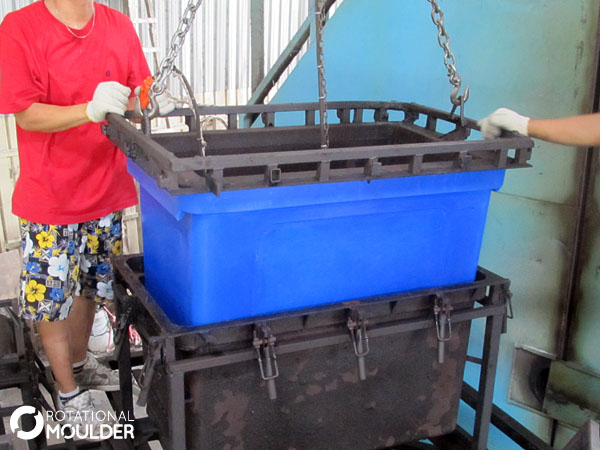
Step 4 : Demoulding
When the plastic component inside the mould has cooled sufficiently to retain its shape, the mould is opened and the product removed. The mould reloaded to repeat the cycle.
For products of a more technical nature we would normally always use mechanical jigs which help to maintain critical features to avoid distortion.
